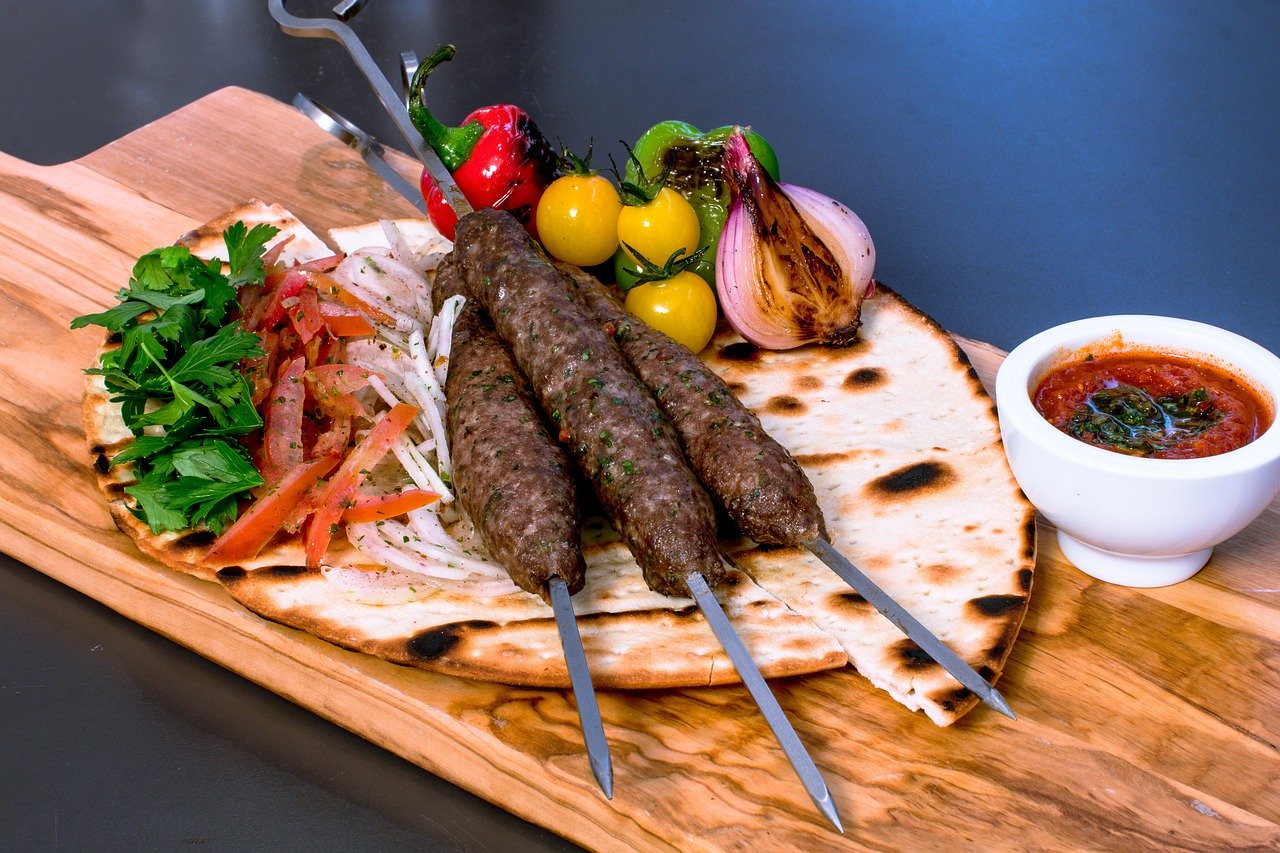Top-rated and Delicious Iftar Dishes

Ramadan has commenced on June 18 and will continue until July 17, the day of Eid-ul-Fitr that marks the end of the Islamic holy month of fasting. During this period, Muslims are not permitted to consume water or food between sunrise and sunset. However, at sunrise, this constrictive abstinence from eating and drinking is slowly resolved after offering the daily Maghrib prayer. Family and communities gather together for a lavish evening meal known as 'Iftar' with traditional Middle Eastern delicacies specially prepared for the occasion. Tourists visiting Dubai during Ramadan can enjoy these traditional dishes with their friends, families and colleagues.
A conventional Ramadan fast is broken with a glass of water, followed by consumption of milk, dates and juices. Sugar rich milk and dates provide instant energy after a day-long fast, followed with high-calorie dishes can be thoroughly enjoyed. Also, milk and dates are said to be the chosen food item of Prophet Mohammad to break his fast.
Baklava: Baklava is a traditional filo, sweet Turkish pastry enriched with chopped nuts and swirled with a dollop of honey or sauce. In Dubai, Baklava is available all year round at superstores, but the traditional form at its best is available only during Ramadan.
Harees: A traditional Emirati dish comparable to a porridge, this delicacy consists of coarsely ground wheat slowly cooked with lamb or chicken. Though it doesn't have a tempting/mouth-watering look, it is a high-energy dish perfect after a long day of fasting.
Malouf: Malouf is a typical Middle Eastern variation of a stuffed cabbage roll comprising of fillings made of rice or bulgur wheat. Some versions consist of a whole cabbage stuffed with an interesting variety of fillings specially prepared during Ramadan.
Harira: A soup treading its origins to Morocco, Harira is a meal in itself made from lamb, lentils, chickpeas, tomatoes, rice, onions, herbs and eggs. Of course, the ingredients vary from region to region. The soup is a delicacy served only during Ramadan or on special occasions such as the morning after a wedding.
Lamb ouzi: During Ramadan, thousands of animals are slaughtered in the name of Allah, mostly for consumption. Lamb ouzi is one such dish where the whole lamb is marinated in a variety of spices, then stuffed with a mixture of spiced rice and nuts. A complete meal in itself, lamb ouzi serves as the main course in an Iftar meal.
Kousa mahshi: Kousa mahshi or Stuffed Marrows is a traditional Middle Eastern dish where squash or zucchini is stuffed with lamb or rice. Many regions lay claim to its origin though it still remains unclear. While, in Syria, the dish is garnished with mint & garlic, Cypriots use marrow flowers for stuffing.
Kunafeh: Kunafeh (Knafeh) is a Levantine sweet pastry made from Nabulsi cheese, flour & water batter. Though a breakfast contribution from the Levant region, in UAE it is served as dessert. A high energy dish perfect for the fasting souls.
Sayadia: Sayadia is a simple fish preparation made up of layers of fish fillets cooked in spices, browned onions and rice. During Ramadan, this dish is consumed as a main course meal.
Umm Ali: Umm Ali is a scrumptious sweet desert from Egypt similar to a Western bread pudding. Made from coconut, milk, wheat flake and phyllo pastry, this dessert is high on calories and highly recommended during the fasting days.
Leave a Reply